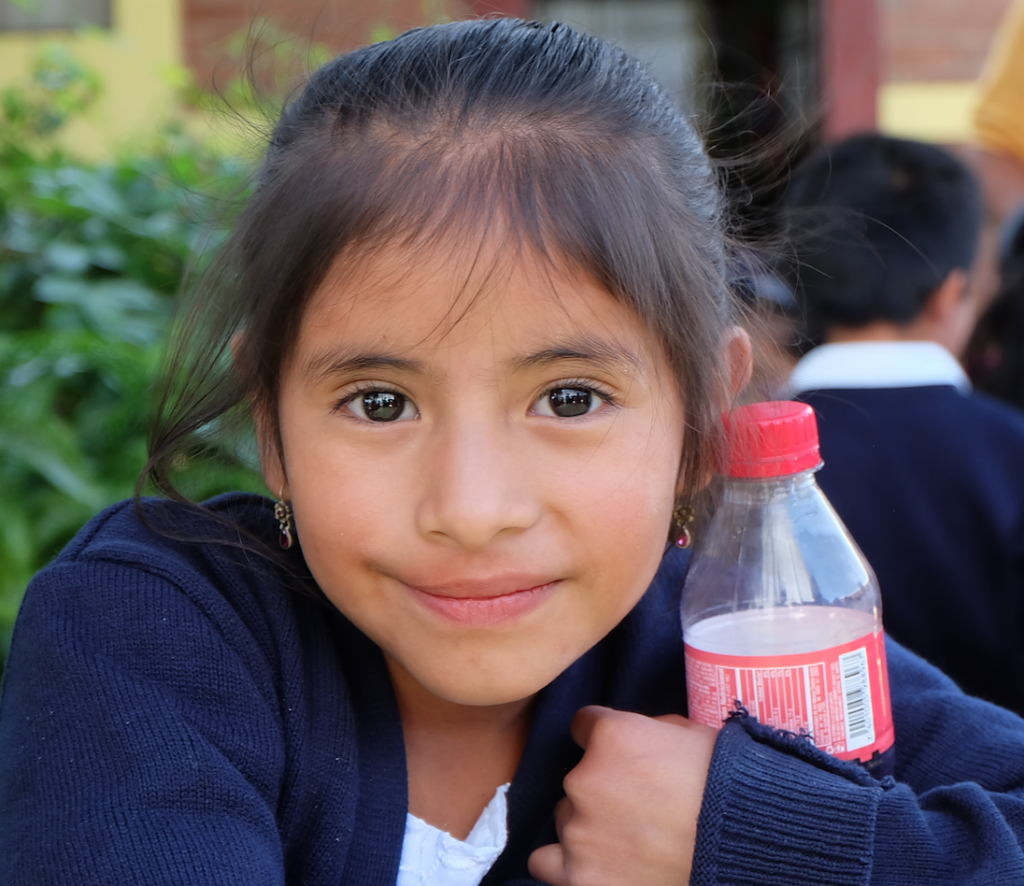facts about the Tecpan School:
- Ages served: Kindergarten-ninth grade
- Enrollment: Approximately 500 students
- Facility description: A cluster of one-story buildings set against a backdrop of rugged mountains. The buildings include classrooms, a dining hall and administrative offices.
- Curriculum: Children receive instruction in core academic subjects, as well as skills training in such areas as manual trades and culinary arts.
- Academic schedule: Typically begins in mid-January and ends in late October. Students enjoy summer break during the months of November through mid-January and a two-week winter break in June.
- Nutrition: The school provides at least one nutritional meal each day.
- Medical care: Children’s health is closely monitored, and medical care is provided as needed by a local physician.
Located just southeast of Mexico, Guatemala is the most populous country in Central America. Its spectacular mountains boast a wealth of natural resources and stunning biodiversity. For centuries, this land served as the core territory of the Mayan civilization.
Following two centuries of Spanish colonization, Guatemala gained its independence in the early nineteenth century, only to endure another 150 years of political instability and civil unrest. Additionally, this area is prone to devastating natural disasters, such as earthquakes, volcanic eruptions, and hurricanes which cause mudslides and flooding. Despite recent economic growth and successful democratic elections, Guatemala still struggles with widespread poverty, illiteracy, crime and high rates of unemployment and underemployment.
These maladies are, perhaps, even more pronounced in the city of Tecpan, located some 60 miles west of Guatemala City. The overwhelming majority of Tecpan’s 50,000 inhabitants claim direct descent from the Maya. Despite their rich cultural heritage, however, indigenous people often find themselves marginalized, left to endure the brunt of poverty and its associated effects. For this reason, Tecpan School serves as a beacon of hope. Run by nuns of the Hijas de Caridad (Daughters of Charity) Order, the school strives to aid the impoverished children of this region. It offers them a well-rounded education — the key to breaking the cycle of poverty — and the opportunity to rise above the difficult socioeconomic circumstances from which they come.
Facts about GUATEMALA:
- Population: 16.6 million (2020)
- Languages Spoken: Spanish 60%, Amerindian languages 40% (23 officially recognized Amerindian languages include Quiche, Cakchiquel, Kekchi, Mam, Garifuna and Xinca)
- Unemployment Rate: 2.51% with high underemployment (2020)
- Poverty Rate: 59.3% (2020)
READ MORE STORIES FROM OUR PROJECTS IN GUATEMALA:
Supplying Families in Guatemala City with Food



